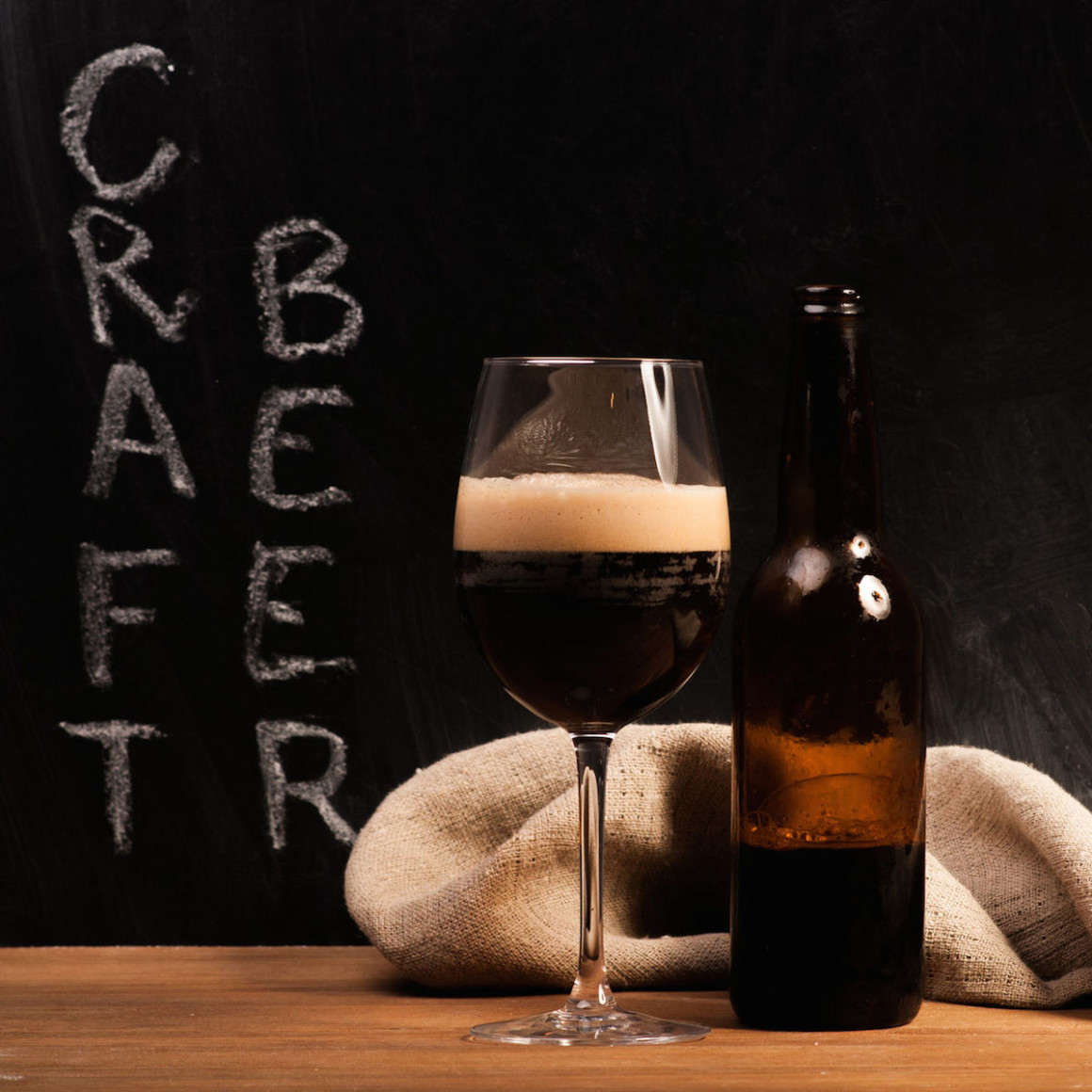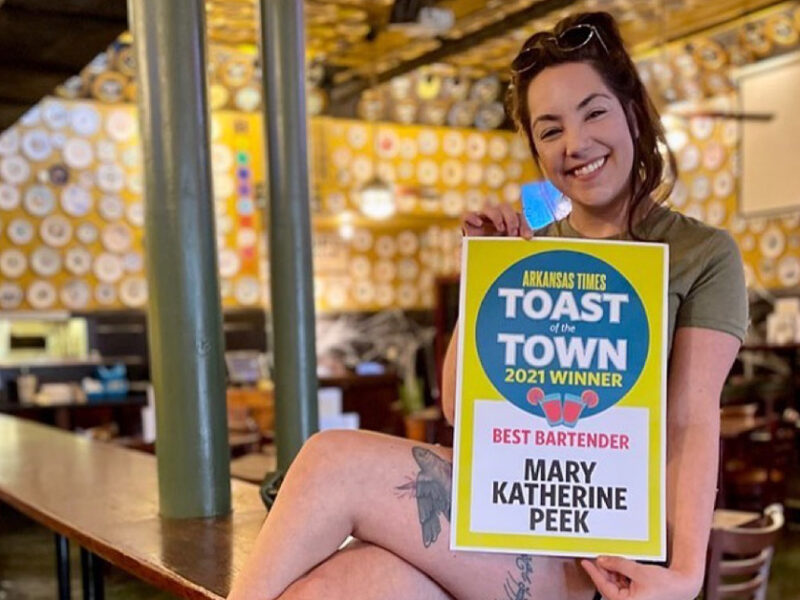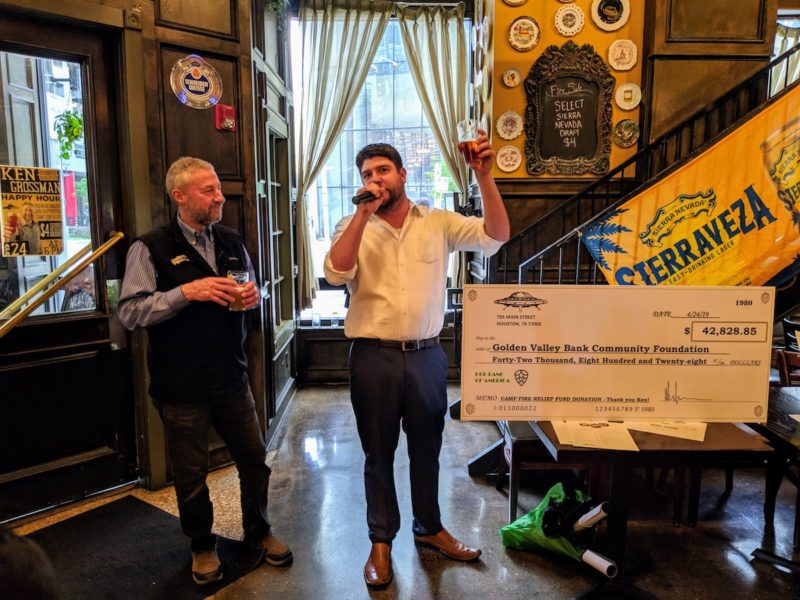With the incredible growth of craft beer production, there’s no better time to examine the state of the industry. We wanted to ask the important questions, investigate the answers, explore how far craft beer has come and where we think the future will take us. This is all part of a series we’re calling “The State of Craft Beer.” In Part One, we reset and ponder “what is craft beer?”
It’s a good time to be a beer drinker. We’ve come a long way since Prohibition, which ran all but about 300 U.S. breweries out of business. Today there are more than 3,000, and many people refer to this explosive growth in beer flavor and diversity as “craft beer.”
According to the Brewer’s Association, American craft brewers are “small, independent and traditional.” They thrive on innovation, use distinctive ingredients, connect with their customers in unique ways and maintain integrity through independence from special interests. They produce 6 million barrels or less annually, and they are less than 25 percent controlled by a non-craft industry member.
That wasn’t always the case. Until recently, the benchmark for a “craft brewer” was producing less than 2 million barrels per year, according to IBISWorld analyst Hayden Shipp. When Sam Adams production crossed that mark in 2010, the industry benchmark shifted with it. The goal, stated the BA, was to not penalize brewers for their success.
But size doesn’t always matter. Pottsville, Pennsylvania-based Yuengling recently emerged as the top craft beer producer in the United States, but not because of a change in volume. In March 2014, the Brewers Association amended its definition of craft beer again to include beers that are not primarily “all malt,” because traditionally, brewers used whatever was available to them. Yuengling, which is brewed with malt barley and corn grits, finally made the cut.
Technicalities aside, what is craft beer—and what is it not?
Some people would say it’s for mustachioed hipsters to fuss over. Others say it comes down to “quality, creativity and variety.” Some say it’s beer you drink for taste, rather than just getting hammered. Others say it’s really about integrity.
“Craft beer to me is anything that focuses on quality ingredients and flavor instead of compromising these areas to lower costs for mass production,” says Samantha Jo Glenn, an award-winning home brewer and beer lover from Fort Worth, Texas. She acknowledges the technical size-based definitions, but to her, it’s producing a consistent quality product that really matters.
So where does that leave folks like Goose Island or Elysian?
According to Brenden Stubblefield, owner of Texas Brewing Inc. in Haltom City, it really just comes down to good beer. Just because it’s generally considered “craft” doesn’t automatically mean it tastes good or is good quality, and being purchased from one of the Big 3 doesn’t automatically mean it’s trash.
“I have no problem buying a Goose Island,” he admits. “Man, I love Sofie. What a great deal for a slightly funky beer for under 10 bucks.”
As of 2014, craft brewers made up 11 percent of the beer market in the United States. According to Michael Peticolas, owner of Peticolas Brewing in Dallas, the goal set by the Brewers Association is “20-by-20”—making up 20 percent of the market by 2020.
Gary Fish, president of Deschutes Brewery and chair of the BA Board of Directors, describes the goal as “aspirational” but within reach. To get there, he adds, the focus must be on making high-quality, innovative and full-flavored beer.
Do you think we’ll get there? Will the definition of craft beer become more inclusive? If it were up to you, who would and wouldn’t make the cut?
Be sure to check back for the second installment in our “State of Craft Beer” series, where we explore the idea of “localness.”








